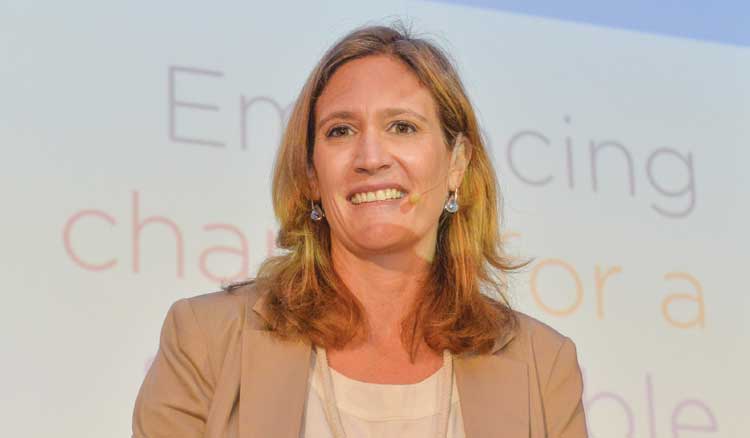Based on independent research conducted by Frost and Sullivan on behalf of Barloworld Logistics, the 12th annual survey makes it clear that rapid change is a permanent feature in today’s economy.
“Many companies, however, are poorly equipped to deal with change, and are often caught flat-footed,” explains Kate Stubbs, executive: Marketing & Communications at Barloworld Logistics. “They are always behind the curve, and are forced to catch up with and react to trends – at great cost.”
Indeed, history has demonstrated that those who fail to iterate quickly lose out to their more nimble counterparts. More often than not, this is a leadership issue. Strong and visionary leadership is essential for tackling and managing change, and should be viewed as a strategic process – with a clear and comprehensive picture of the objective and reasons, and an embedded system of constant communication and planning.
Embedding change management
In many organisations, change management is mishandled. Companies typically establish a team to implement predetermined changes. This team is usually not involved in the monitoring of the need for change, nor does it have the vision of what needs to change and why. It operates on an ad-hoc basis, without a consistent and established strategy. This is a fundamental strategic error. Managing change is essentially an executive function that requires the support and input of all those affected by it. Instead of handing the issue to one team, change needs to be a permanent item on the executive agenda.
It is encouraging to note, however, that businesses are becoming aware of the need to both prioritise and approach change management differently.
Respondents in the recent supplychainforesight study ranked the ability to anticipate change and adapt quickly as their second top ranked business constraint. When coupled with the highest-ranking business objective of identifying and managing change, this clearly highlights the acknowledgement that change is disrupting the way companies operate.
On a similar note, respondents ranked the top supply chain challenge as the willingness to change/breaking old habits/relationships, which is invariably a leadership, management or communication issue. It would appear, however, that it is less about the willingness to change than it is about the identified and articulated need to do so. Indeed, the issue may well be identifying the need to change before being forced by circumstances to do so – which relates to the required executive function of seeking and anticipating change for continuous improvement.
In addition, it appears there is little confidence in the ability of organisations to identify and respond to trends.
Only 42% of survey respondents said their organisations are constantly in touch with anticipated shifts in the market and predicting game-changing trends. With regards to capabilities to implement change within organisations, 45% of respondents believe it is well executed but needs improvement, and only 7% responded that it is extensive and comprehensive.
“With these activities being vital to the success and sustainability of businesses in today’s environment, the lack of competence is a worry,” adds Stubbs.
The right skills
Identifying and anticipating change is a specific skill that needs to be present within leadership teams, along with the ability to manage change. Increasingly, these skills are found to be rare – if not entirely absent – within many management teams. The lack of relevant skills was a key element of concern among respondents, and reflects a sentiment that has been expressed for several consecutive years. Yet the response this year indicated that the concerns regarding skills shortages could be related to the lack of visionary leadership and need for change management skills – and not purely on the vocational skills of the work force and lower level management as previously articulated.
Few could argue that investment in skills and expertise is the best approach for long-term business success. Today, the required skills are different – and businesses need to recognise this.
Forward-thinking organisations need to identify what skills they currently have, understand the trends that will impact the business, and then identify the types of skills and abilities they will need to best adapt to and evolve with market shifts.
“Without a doubt, organisations that build up management expertise in the identification and management of change will be best positioned to leverage new opportunities and trends – and enjoy sustainable, long-term growth,” concludes Stubbs. •

.jpg)


